Photos:: Amazing discoveries from the animal world
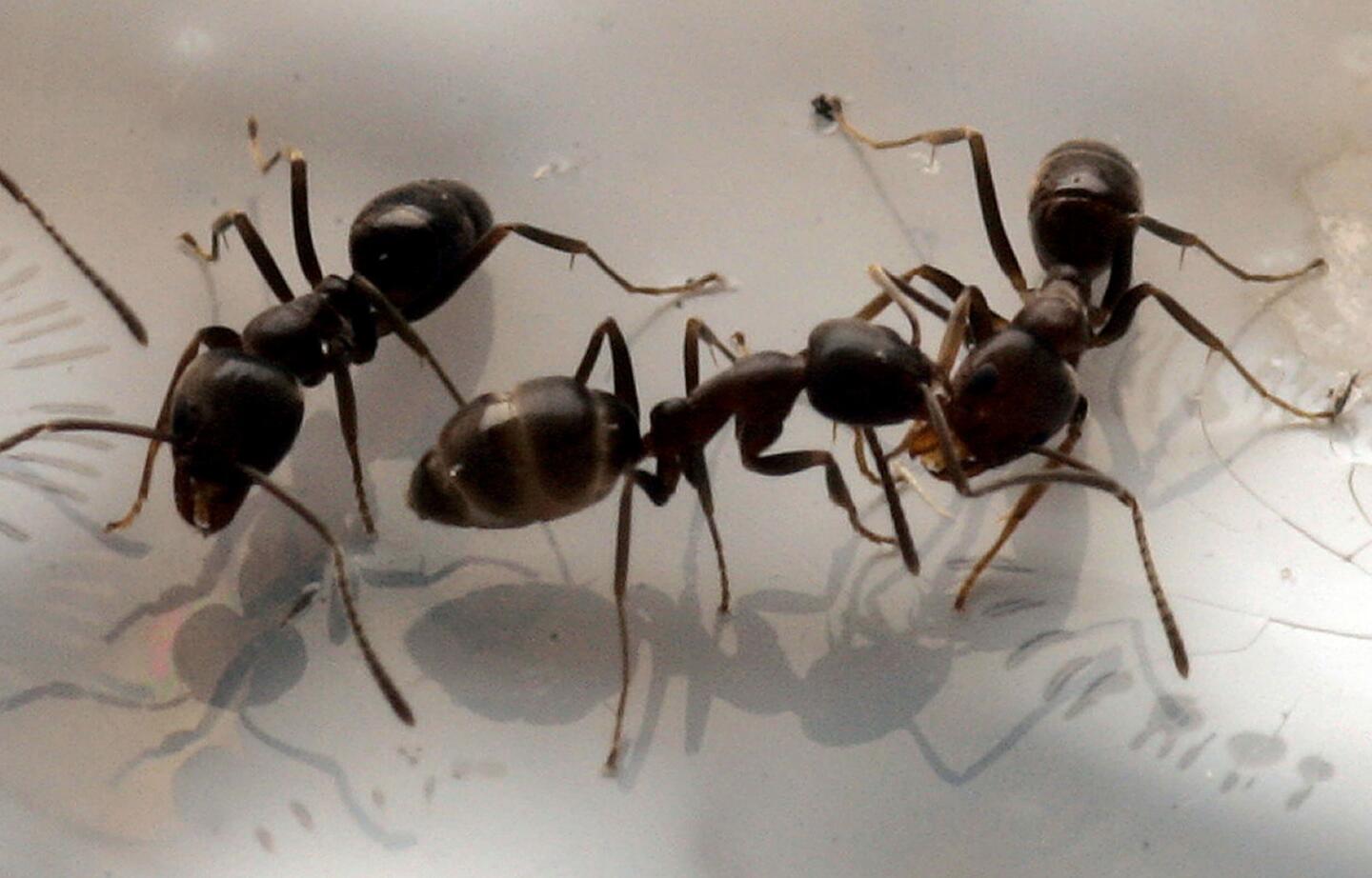
When facing oncoming floodwaters, ants use their helpless babies as floating life-preservers - by sticking them at the very bottom of the life rafts that they build with their bodies. It sounds cruel, but it maximizes the group’s buoyancy and thus their chances of survival. (Mark Boster / Los Angeles Times)
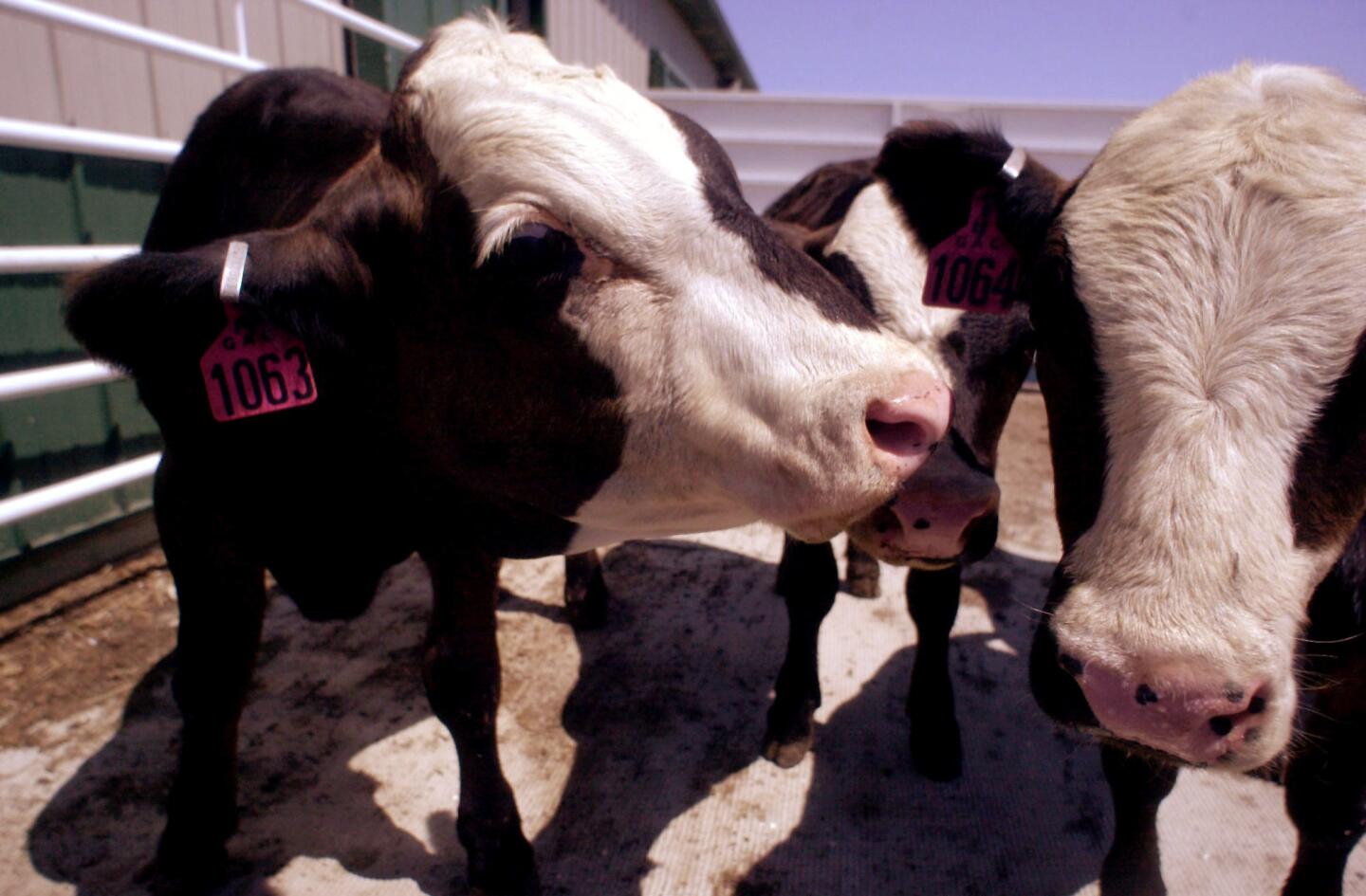
Young calves that live alone performed worse on tests of cognitive skill than calves that live with a buddy, according to researchers from Canada. Social cows were also more flexible, which is valuable to dairy farmers. (Dave Weaver / Associated Press)
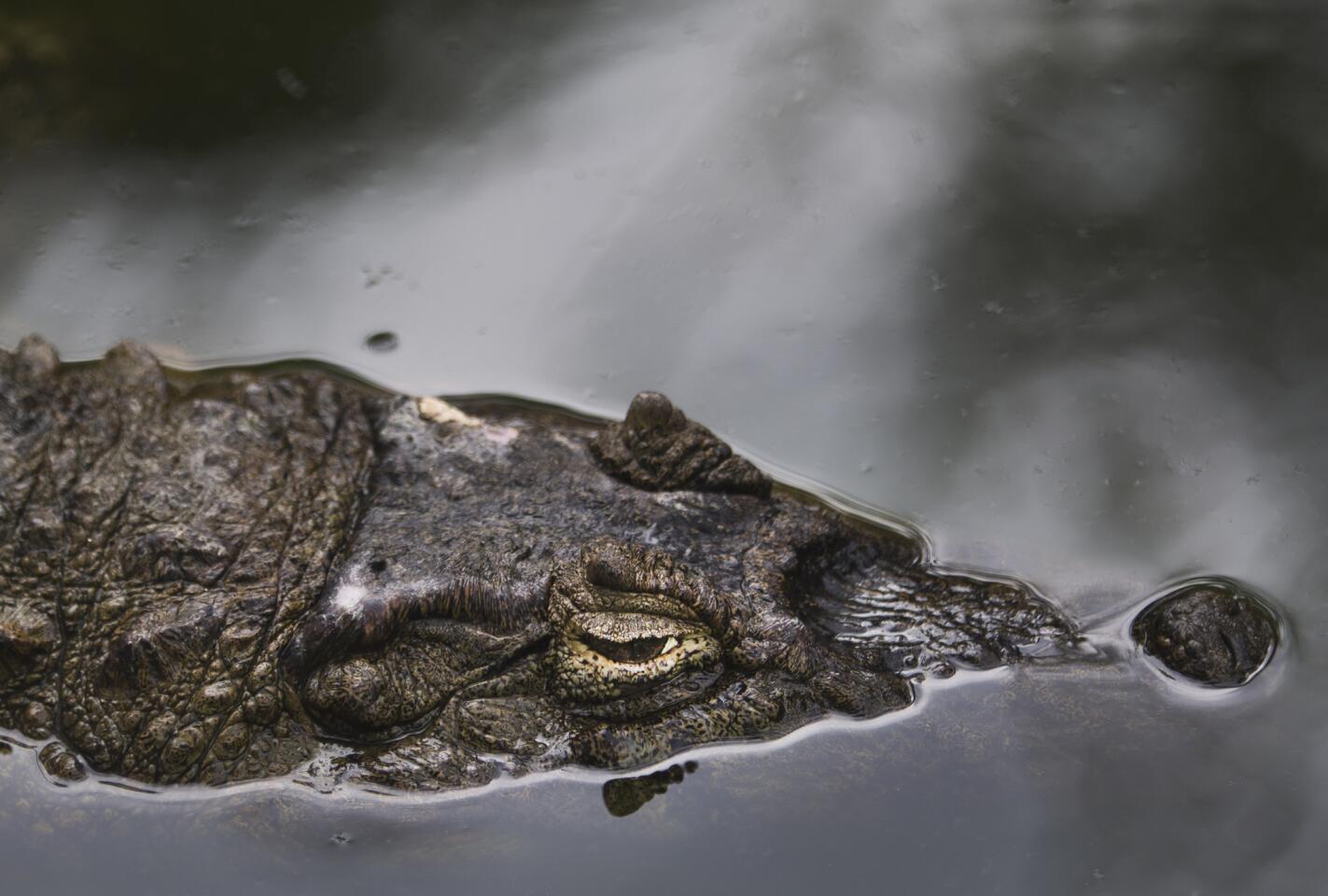
Researchers discover that crocodiles and alligators use lures to trap and gobble unsuspecting birds. It’s the first report of tool use in reptiles. (Hassan Ammar / Associated Press)
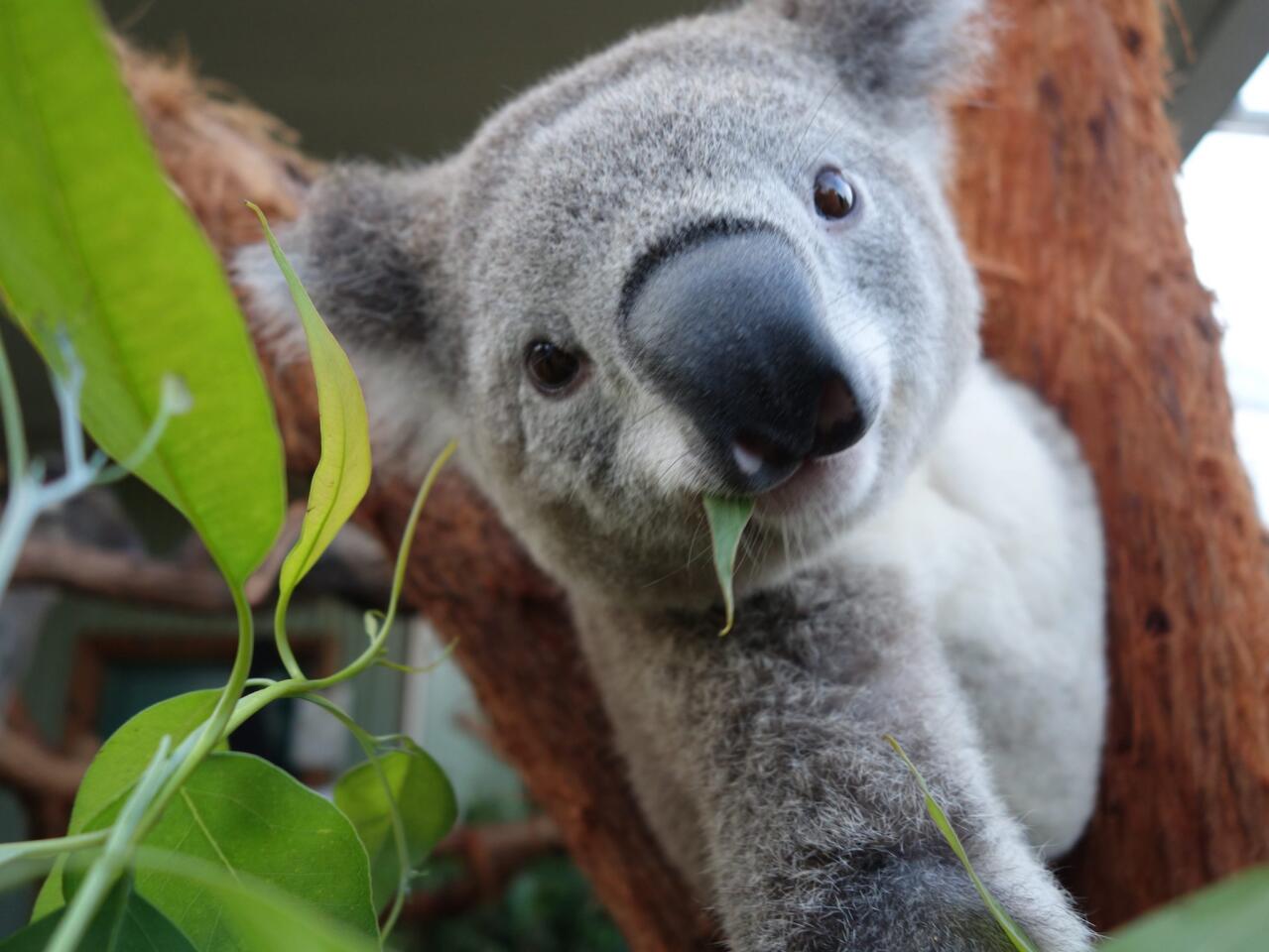
Koalas are able to produce a mating call that is so low-pitched it ought to come from a creature the size of an elephant. Now scientists have figured out how they do it. (Wild Life Sydney Zoo / EPA)
Advertisement
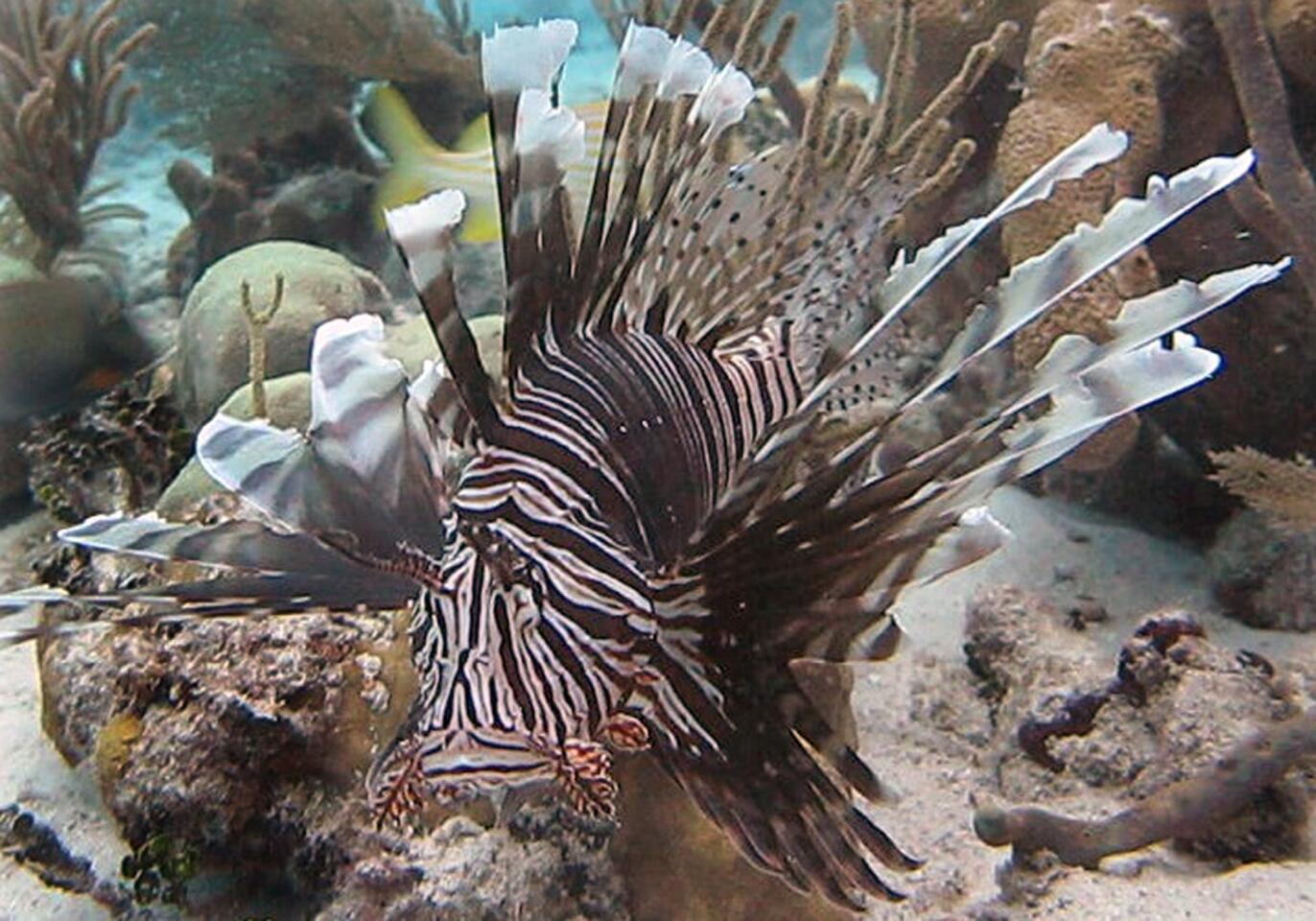
Lionfish are are invading coral reefs and devouring native fish throughout the Caribbean. Eradication of the nonnative species seems impossible, but scientists now say that you don’t have to remove every last lionfish from a reef in order for native fish populations to return. (Bob Chamberlin / Los Angeles Times)
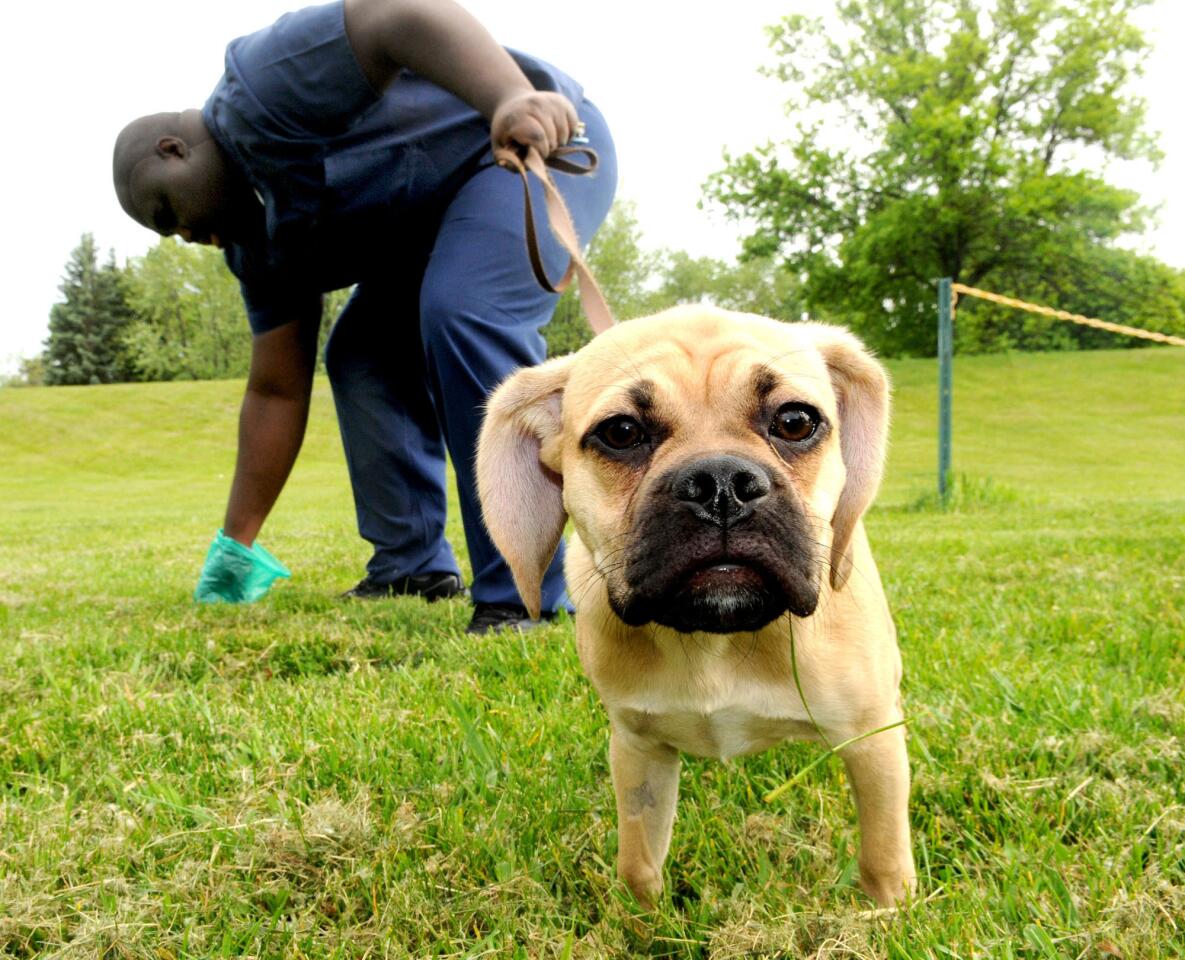
Dogs can sense Earth’s magnetic field, and they show it when they poop, according to a study in the journal Frontiers in Zoology. The findings may help scientists better understand how that strange sense called magnetoreception manifests in mammals. (John Doman / Associated Press)
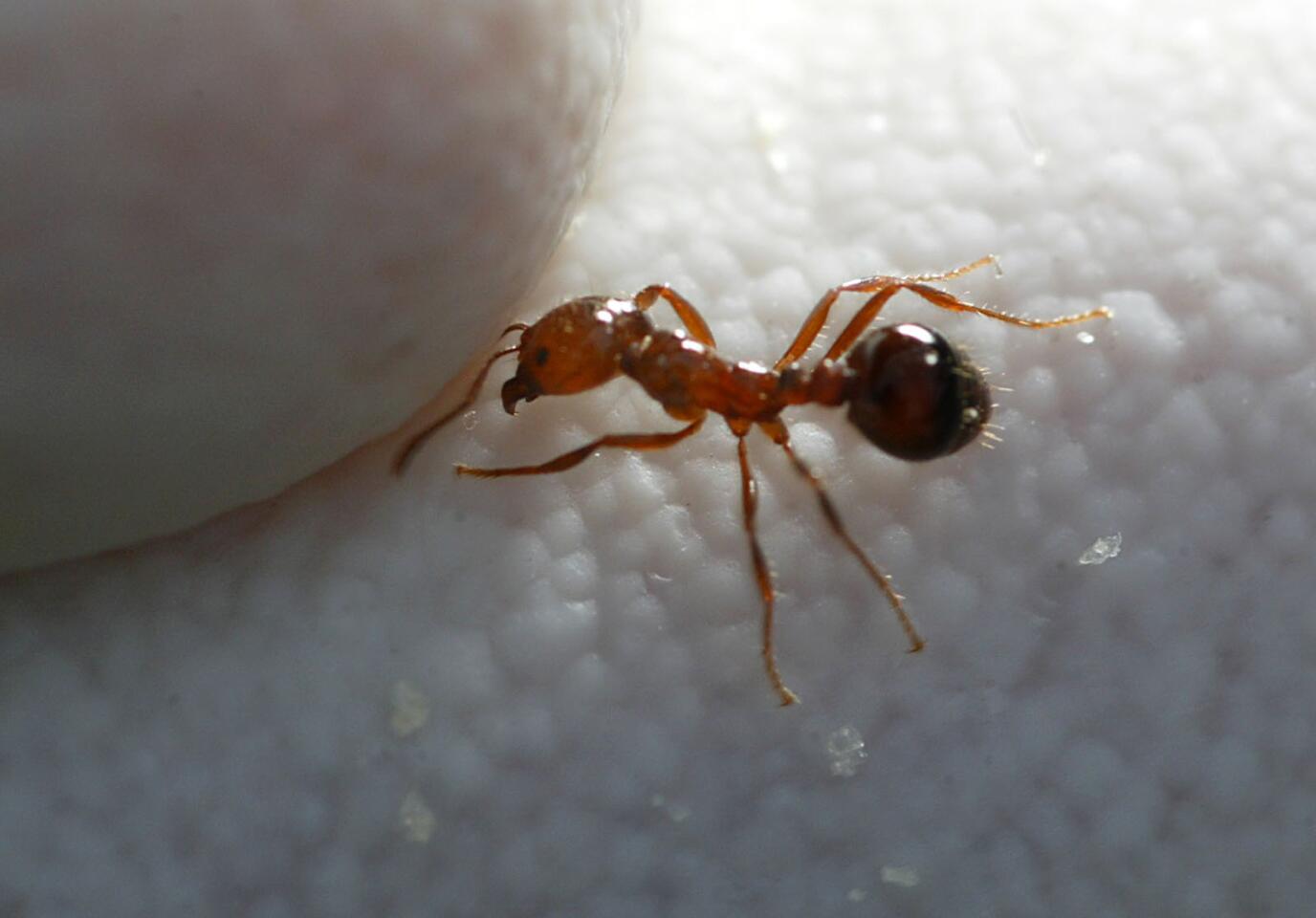
A jumbled crowd of fire ants acts like both an elastic solid and a viscous liquid - a property that holds the secrets of self-healing materials. Scientists hope the ants can help them design self-repairing bridges and self-assembling modular robots. (Mark Boster / Los Angeles Times)
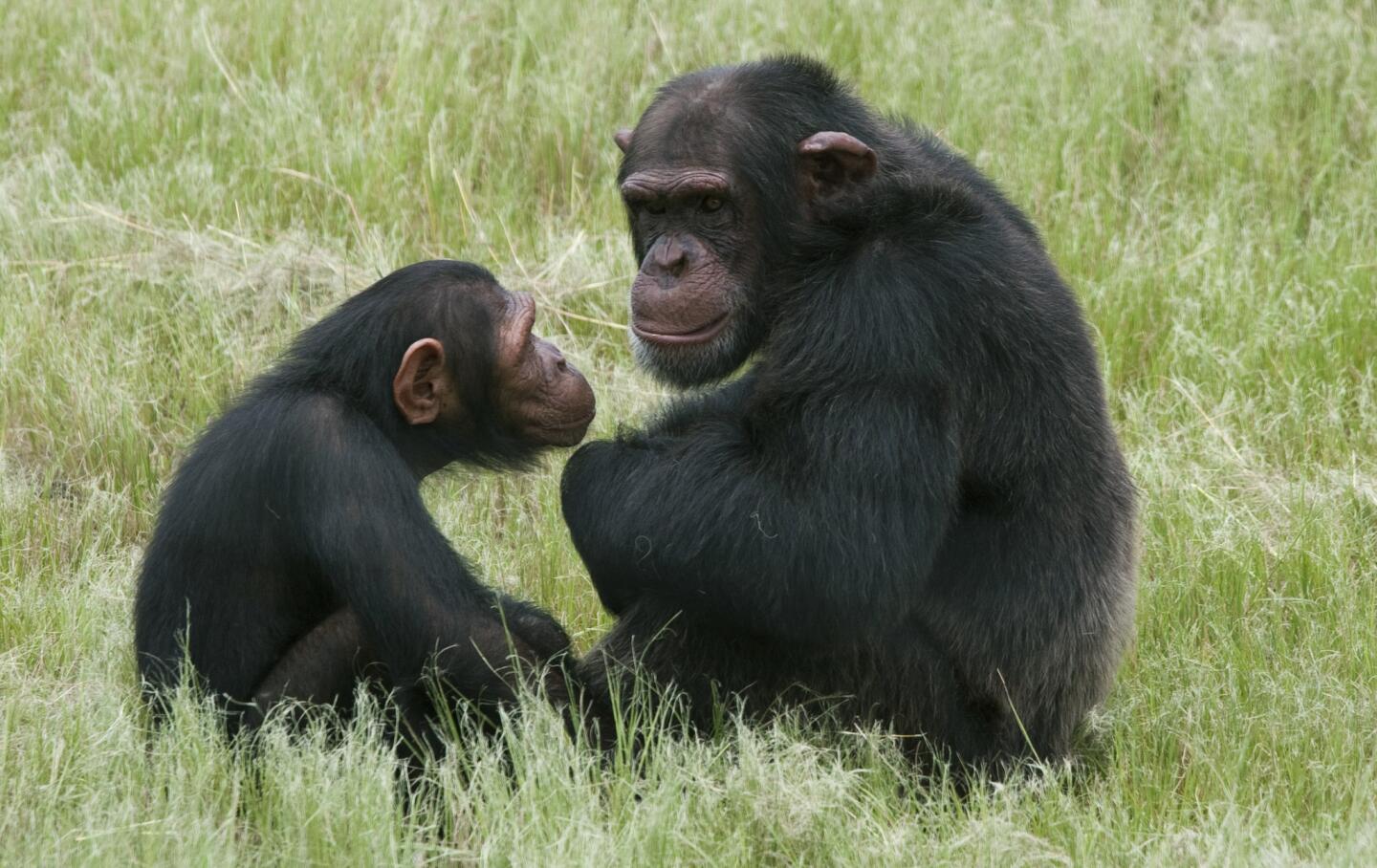
The evolutionary and biological seeds for today’s 90-mph fastball were sewn about 2 million years ago, when a variety of evolved anatomical features began to coalesce in early humans, Harvard scientists determined. Our chimp cousins lack most of these anatomical features. (Erin Conway-Smith / Associated Press)
Advertisement
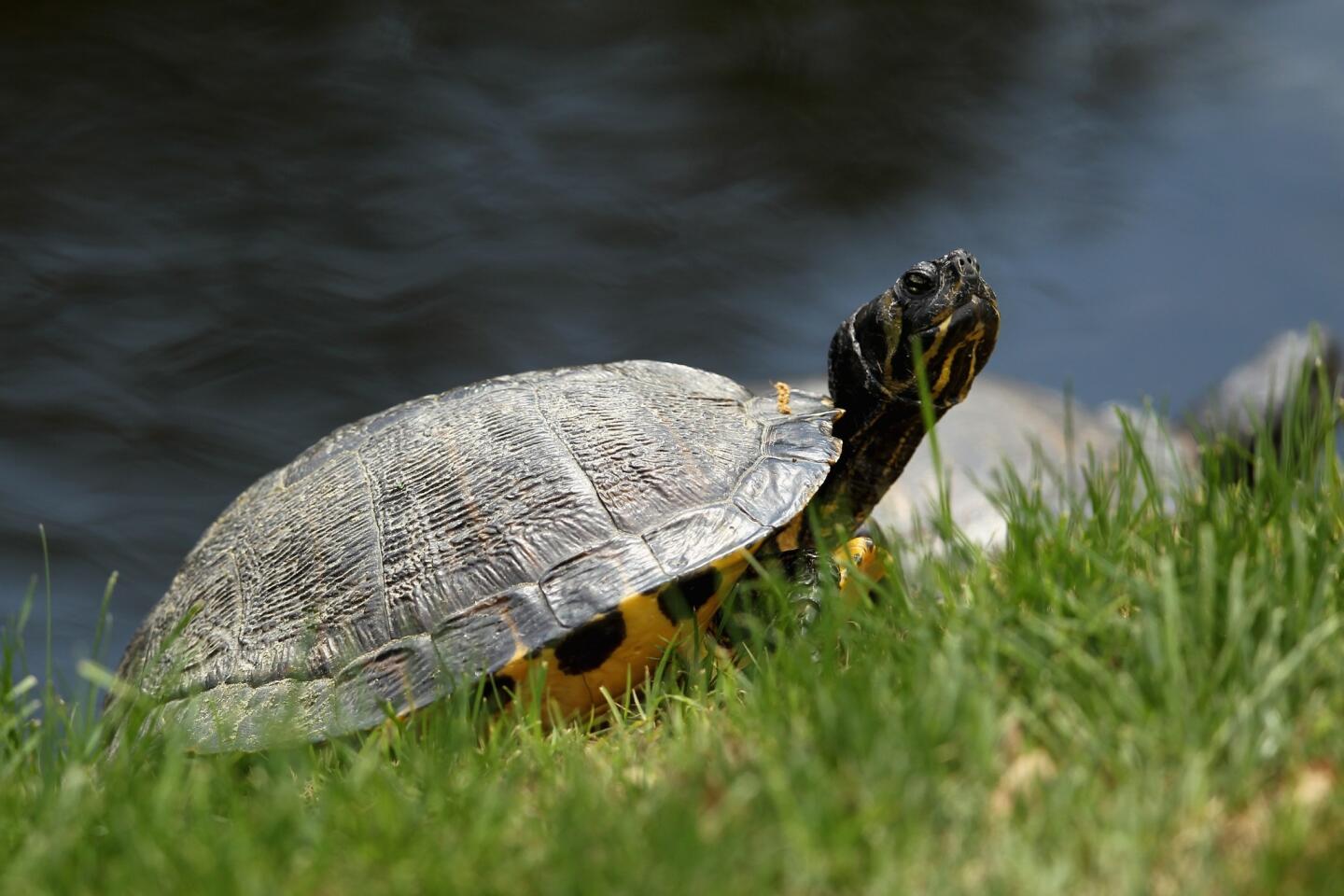
A closer look at the fossil remains of a South African reptile that existed 260 million years ago suggests turtle shells evolved from rib bones. The change forced turtles to come up with a new way to breathe. (Tyler Lecka / Getty Images)
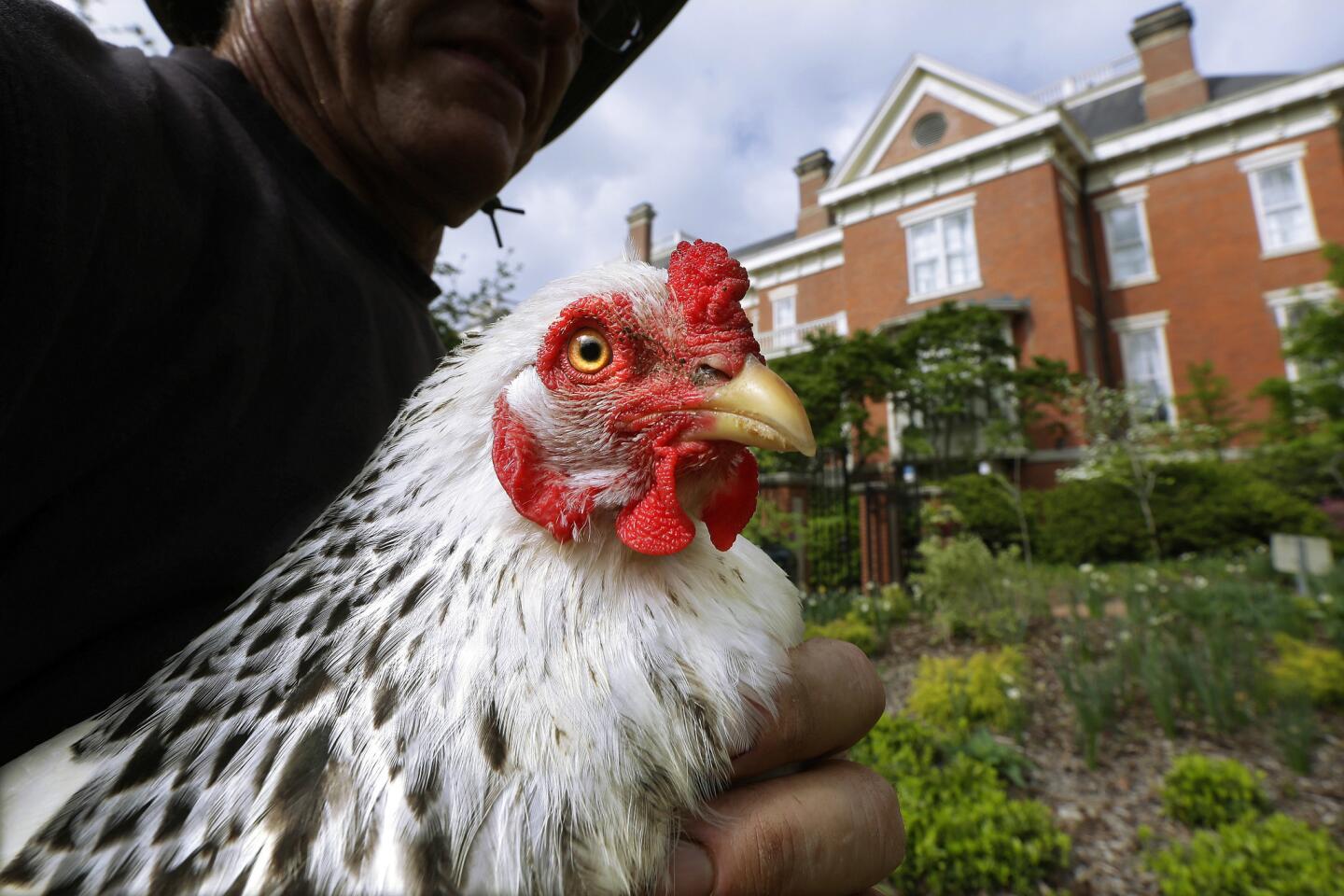
Scientists determined that birds lost their penises because of a biological program that triggers cell death. The discovery may offer clues about both evolution and the molecular biology behind birth defects (Seth Perlman / Associated Press)
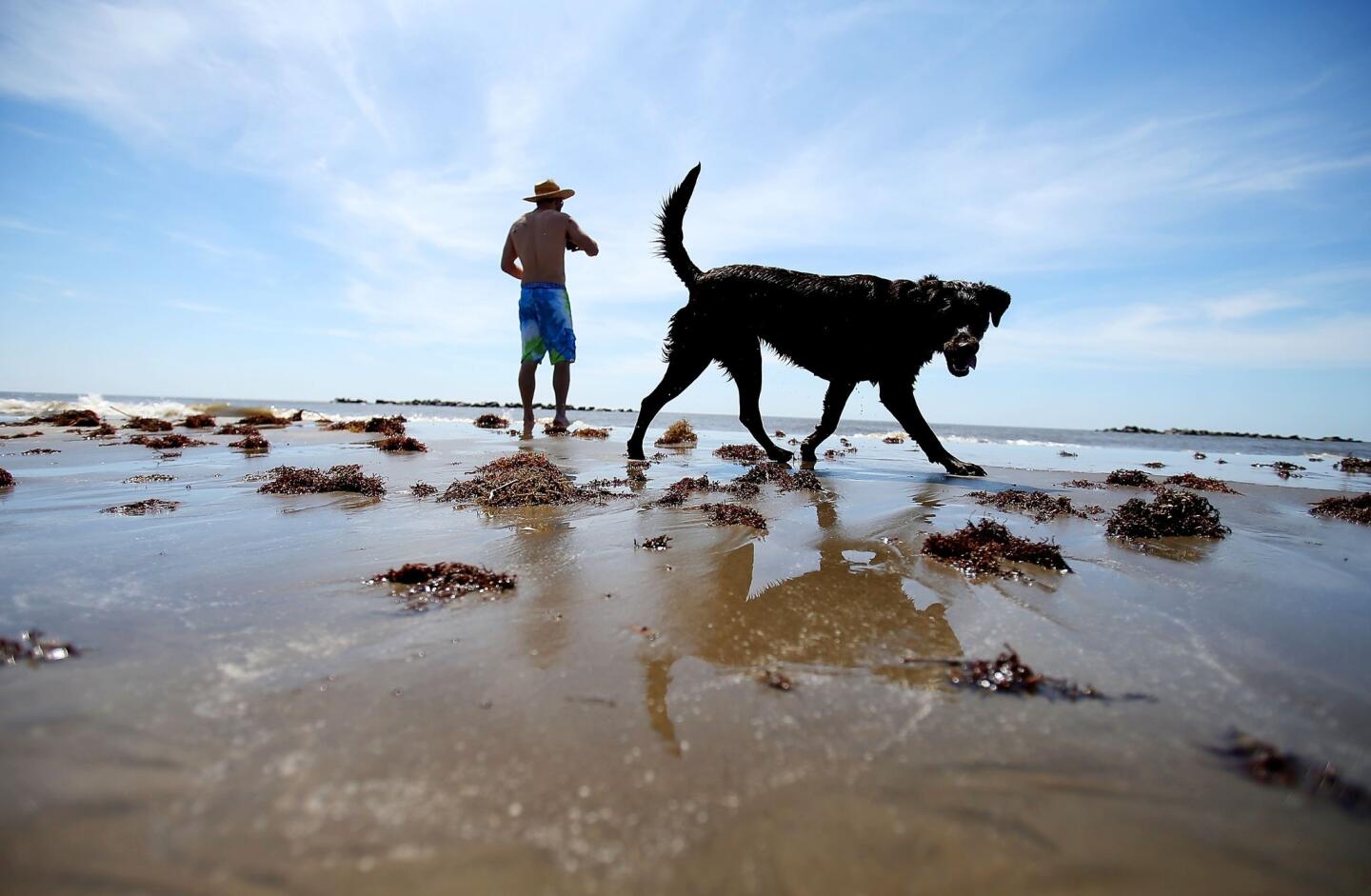
According to Italian researchers, dogs not only communicate happiness with a wag, but they also convey anxiety and potential danger. A wag to the left means something different than a wag to the right. (Sean Gardner / Getty Images)



